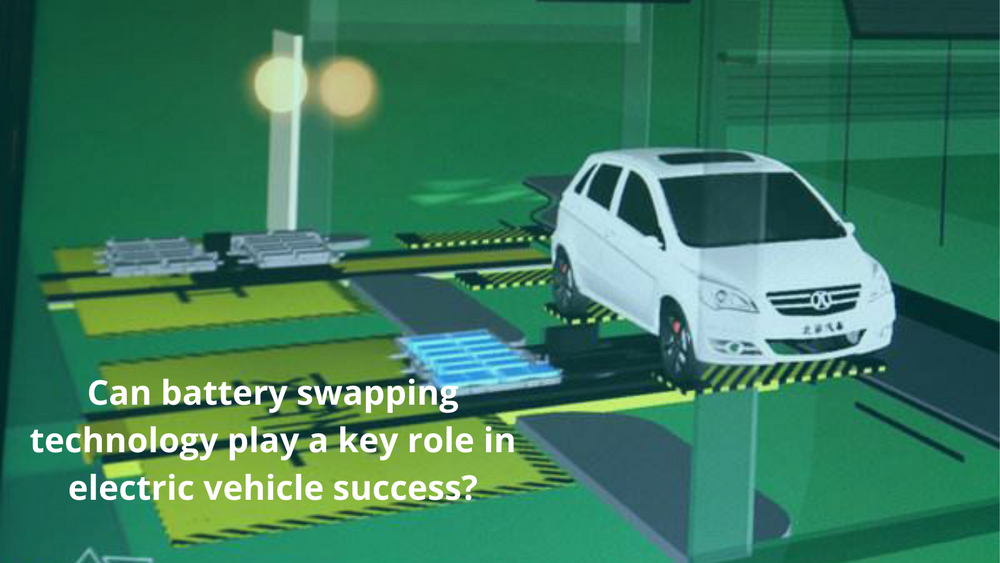Can battery swapping technology play a key role in electric vehicle success?
Hello People. This article is discusses whether battery swapping technology can play a key role in electric vehicle success. Refilling your car with fuel at a filling station is faster than waiting hours for an electric vehicle to recharge. This has been a major obstacle to buy electric vehicles (EVs) so far.
Battery swapping solutions aim to physically replace a depleted battery with a charged one, instead of quickly charging the battery. Battery swapping can address two main challenges with fast charging. It slowly charges depleted batteries to minimize grid impact and battery degradation, and it allows for faster addition of range in electric vehicles.

Battery exchanges take as little as three minutes and are fully automated. You don’t have to leave your car and are automatically billed. A battery-swapping station has ample standardized lithium-ion battery packs in stock. As soon as a vehicle drives in, the technicians replace the drained battery with a fresh, fully charged battery and the vehicle can go back on the road in as little as two minutes. That’s faster than even the average time that one spends at a refueling gas station.
Are you looking to start your business in the electric vehicle industry? We provide software development, web application development, mobile application development, charging stations management app, electric vehicle fleet management software development, cyber security and all software services. Please check our home page here https://iwheels.co/

Ok. Let's get back to the article.
Electric Vehicle owners need not worry about spending long hours and since it is a quick, swap-and-go system, this is unlikely to cause any traffic congestion or parking challenges beyond what we already see at petrol pumps and gas stations across India. Since the batteries are owned, swapped and managed by the BSS owners, the EV owner doesn’t have to worry about the expenses on the battery and its lifecycle.
Electric vehicle battery swapping market is classified into commercial vehicle, passenger vehicle, two-wheeler, and three-wheeler. Among these, the two-wheeler category is projected to lead the market. This can be attributed to the fact that the battery swapping technology improves the electric two-wheelers' daily operational hours. These vehicles cover, on an average, around 100 km daily. Thus, they require regular charging of their batteries.
However, it will be not be possible to implement the battery swapping technology unless the electric vehicle batteries are standardised. Standardising the batteries, at this stage, when the technology is still evolving is a major problem.
It can happen only if a technology or design has matured. That is not the case with electric vehicle batteries yet. The energy density, shape, size, mounting of the battery and its communication with the battery management system are still evolving.
Each electric car manufacturer approaches the battery differently. Some like Tesla want it to be so intelligent that its operation and efficiency can be monitored remotely for best performance. Standardisation of battery technology is thus a difficult task.
Battery swapping model has its advantages but till the battery technology matures, it makes sense for the government to promote it in a manner where respective OEMs drive it. They can set up their own swapping infrastructure and this will obviate the need for standardisation for now.
Also, swapping a car battery is a laborious process as accessing it is not easy. It would require heavy investment in equipment/tools. Considering all these challenges, it is better if the government allows various models to evolve before promoting anyone of them.
Hope this article on whether battery swapping technology can play a key role in electric vehicle success is useful to you. To read about jobs in the Electric Vehicle Industry, please visit Job opportunities in Electric Vehicle Sector and its Charging Infrastructure industry




